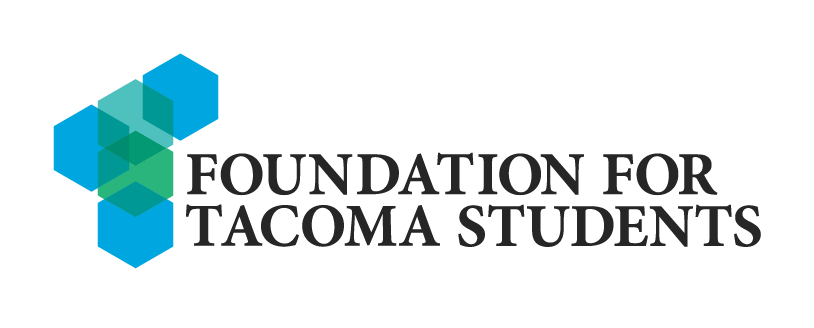This blog series spotlights the ten policy recommendations from our latest Making the Case Report: A Policy Blueprint to Increase Financial Aid Uptake. Each week, we’ll focus on a key strategy designed to increase FAFSA/WASFA completion and financial aid attainment.
While we explore these specific policy recommendations, our team will continue to track and report on the broader legislative landscape. We’ll keep you updated on bills related to student-centered policies throughout the 60-day session. For a real-time update of relevant bills, please visit our 2024 bill tracker.
The High School and Beyond Plan (HSBP) serves as a graduation requirement, guiding students on their educational journey. To ensure students seize postsecondary financial aid opportunities, this proposal enhances the HSBP framework by integrating financial aid application completion as a default element, with a simplified opt-out option. The passage of Senate Bill 5243 in 2023 provides a timely opportunity to build momentum around the financial aid component of the HSBP. While postsecondary financial aid awareness is part of the existing HSBP, the legislation lacks a hard requirement for FAFSA/WASFA completion.
Policy Recommendation #4
Build on the High School and Beyond Plan (HSBP) framework so that the financial aid awareness element incorporates the completion of financial aid applications as a default with a simple opt-out option in the new standardized HSBP system.
As an existing graduation requirement whose purpose is to help guide students from where they are to where they want to be, the High School and Beyond Plan (HSBP) should be leveraged to make sure that students do not miss out on postsecondary financial aid opportunities. The passage of Senate Bill 5243 in 2023 provides an opportunity to strengthen the financial aid component of the High School and Beyond Plan process.
Postsecondary financial aid awareness is a requirement of the existing HSBP framework. However, the authorizing legislation for the HSBP has no requirement to complete FAFSA/WASFA applications. The implementation of SB 5243 presents an opportunity to bolster the financial aid component of the High School and Beyond Plan in several ways:
- In developing the new Statewide Online High School and Beyond Plan Platform, the Office of Superintendent of Public Instruction should provide a HSBP template to school districts that includes a field verifying whether a student has completed the FAFSA or WASFA. This should be the default on the new HSBP template, paired with a simple opt-out option.
- WSAC should ensure that school districts are aware that they are permitted to customize or add features to their High School and Beyond Plan framework and work with interested districts to strengthen the financial aid component of their HSBP.
- As part of the requirement to develop recommendations on how the HSBP could be modified to further support student choice and flexibility in preparing for postsecondary education, the State Board of Education should focus on ways in which the HSBP framework can improve financial aid application completion.
Since all high school students must have access to a HSBP process, the implementation of SB 5243 is a great opportunity to incorporate stronger financial aid application expectations into the HSBP process. Doing so would help school district counselors to start conversations about the financial aid process earlier in high school to ensure students are aware of and better prepared to complete the FAFSA or WASFA, and other financial aid steps, during their senior year.
Example
A state working group in Colorado recommended that financial aid completion be incorporated into the state’s existing Individual Career and Academic Planning (ICAP) process. The ICAP process is intended to provide students, in cooperation with school staff and family members, a tool to assess their strengths and interests, align those strengths and interests with academic and career opportunities in their future, and plan for how to access these opportunities.
















